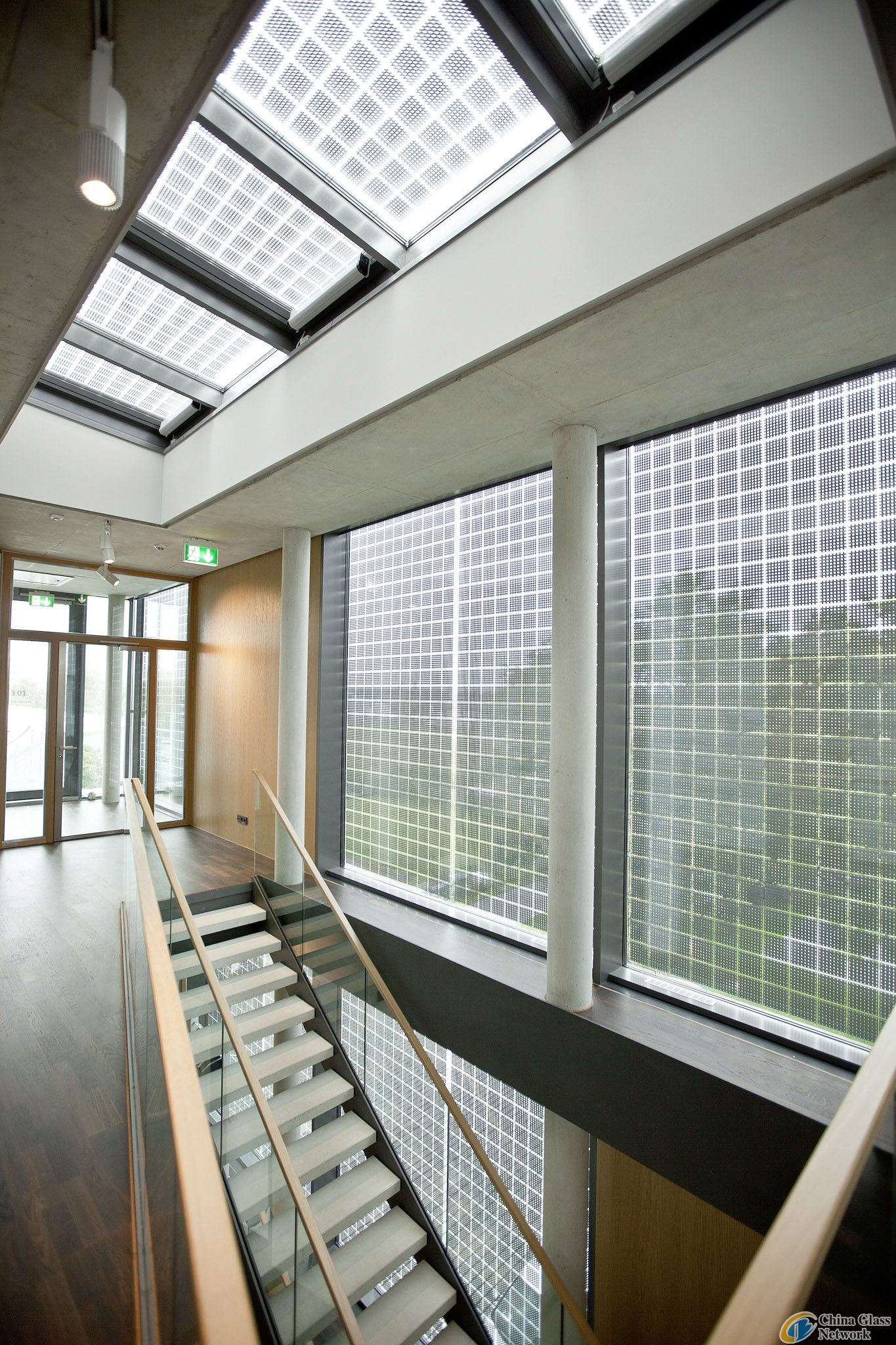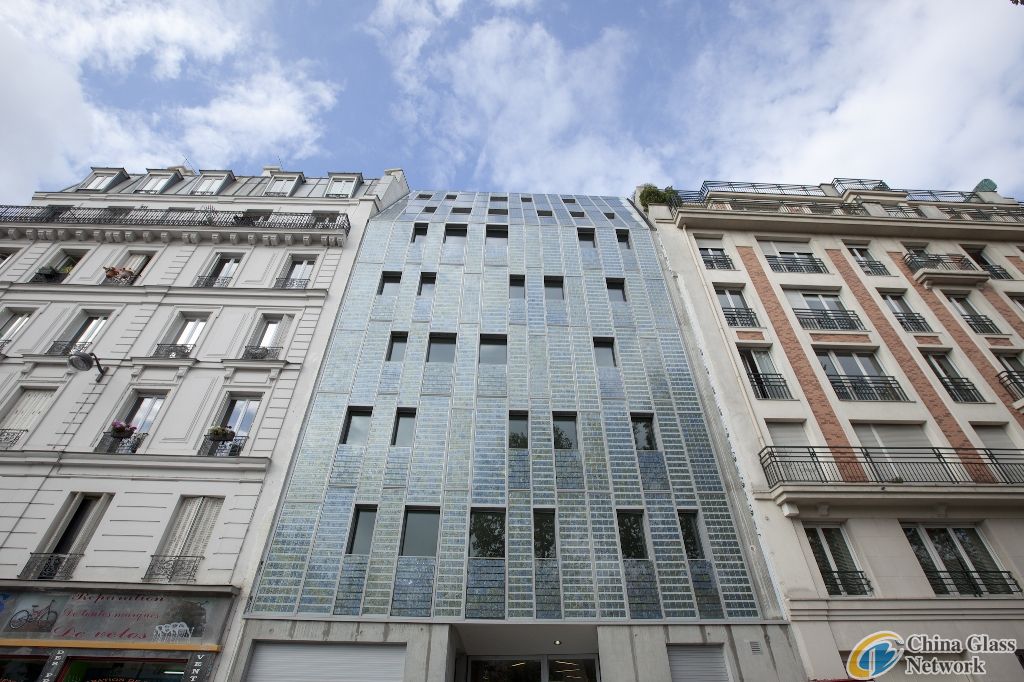In the European Union, buildings account for 40 percent of total energy consumption. As a result, sustainable, energy-efficient architecture can make a vital contribution to environmental protection. Building-integrated photovoltaics (BIPV) are an excellent means of enhancing energy efficiency. “BIPV3: Separating fact from fiction - an essential guide for designers” was the title of a conference held at RIBA in London on 17 October 2012. Organised by BRE Group, this annual conference is the most important UK event dealing with the issue of BIPV, and it focused on issues such as building design, the fusion of functionalism and aesthetics, and the technical options for integrating photovoltaic systems in facades, roofs and windows.
“Building-integrated photovoltaics open up a range of multifunctional solutions,” explains Stefan Fischer, a Sunways AG project manager for BIPV who was present in London to discuss projects the photovoltaics specialists from Konstanz had already completed. Solar glass modules with coloured or semi-transparent design solar cells don’t just generate electricity for buildings – they enable architects to create innovative and appealing designs, let buildings make use of natural patterns of light and shade, and offer protection from environmental influences (noise, weather, heat/cold).
Quai de Valmy 179 in Paris is the location of the first residential building in France to feature a full-facade BIPV system. The building was completed in December 2011, and Sunways supplied emerald green solar cells that were integrated in custom-designed glass modules. Construction of the seven-storey building was overseen by Paris-based architects Emmanuel Saadi and Jean-Louis Rey, whose objective was to fuse appealing design with sustainable electricity generation.
With the exception of the ground floor, the building’s entire facade is clad in photovoltaic units – Sunways was the source for a total of 7,200 emerald green multicrystalline design solar cells. 70 different module formats allow for optimum use of the 170 square metre facade. This photovoltaic skin facing the street produces a total of 7 megawatt hours per annum – this figure corresponds to about 40 per cent of the building’s total energy requirements for one year.
The architects’ choice wasn’t just based on the outstanding efficiency of Sunways solar cells – their unique hue was also of crucial importance. Quai de Valmy is located on the banks of Canal Saint-Martin, a waterway in the city’s 10th arrondissement that is protected as a heritage site. The building’s photovoltaics facade had to blend in with its surroundings, and its emerald solar cells harmonise perfectly with the historic ambiance of the district’s architecture.
Along with coloured solar cells for stylish, high-end aesthetic designs in building-integrated photovoltaics, Sunways also produces semi-transparent solar cells for translucent BIPV units that can be used on roofs and facades.


About BRE
Building Research Establishment Ltd. (BRE), Watford, UK, is an independent and impartial, research-based consultancy, testing and training organisation, offering expertise in every aspect of the built environment and associated industries. BRE helps clients create better, safer and more sustainable products, buildings, communities and businesses.
About RIBA
The Royal Institute of British Architects (RIBA), London, UK, was founded already in 1834. RIBA champions better buildings, communities and the environment through architecture. RIBA provides standards, training, support and recognition for its members worldwide.





